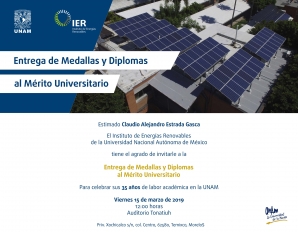Diego Ramón Lobato-Peralta, Estefanía Duque-Brito, Heidi Isabel Villafán-Vidales, Adriana Longoria, P.J.Sebastian, Ana Karina Cuentas-Gallegos, Camilo Alberto Arancibia-Bulnes, Patrick U. Okoye
Abstract
The various lignin isolation methods and pretreatments are continuously developing and thermochemical conversion of lignocellulosic biomass and tuning of the activation parameters are vital to obtaining high energy density materials. In this review, different lignin extraction methods, pretreatments, and influence of the extraction conditions on the yield and properties are presented. The thermochemical conversion of lignin-based biomass and application in supercapacitors and hydrogen storage were investigated.
The study revealed that chemical extraction via the organosolv process presents higher purity and partly preserved lignin structure compared to sulfur processes. Different parameters such as the method of extraction, the temperature, pH, resident time, and pressure greatly influences the Kappa value and yield of lignin. The potassium hydroxide (KOH) dosage as an activating agent and the activating temperature is vital to obtaining high surface area and microporosity, which enhances the lignin-based activated carbon performance towards high hydrogen storage and capacitance. Metals doping on activated carbon marginally enhance the hydrogen storage capacity and capacitance, however, reversible desorption of the adsorbed hydrogen requires a higher temperature for hydrogen storage. Besides, high metal doping reduces available surface area, collapses the cage-like structures of fullerenes, and results in lower hydrogen storage capacity of activated carbon.
The presence of heteroatoms on activated carbons enhances the performance towards high hydrogen storage and capacitance. Moreover, techno-economic and exergy-based sustainability analysis of the different lignin isolation techniques must be explored to provide valuable insights on energy and associated operational costs.

